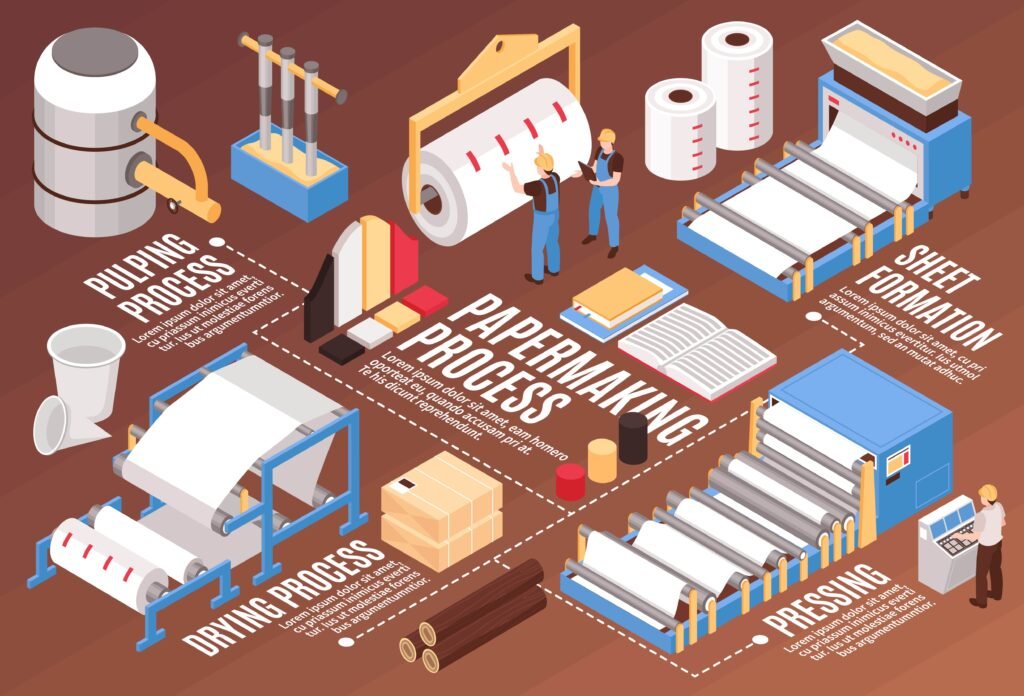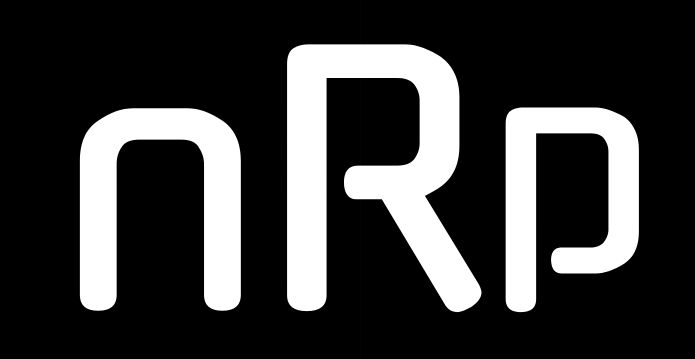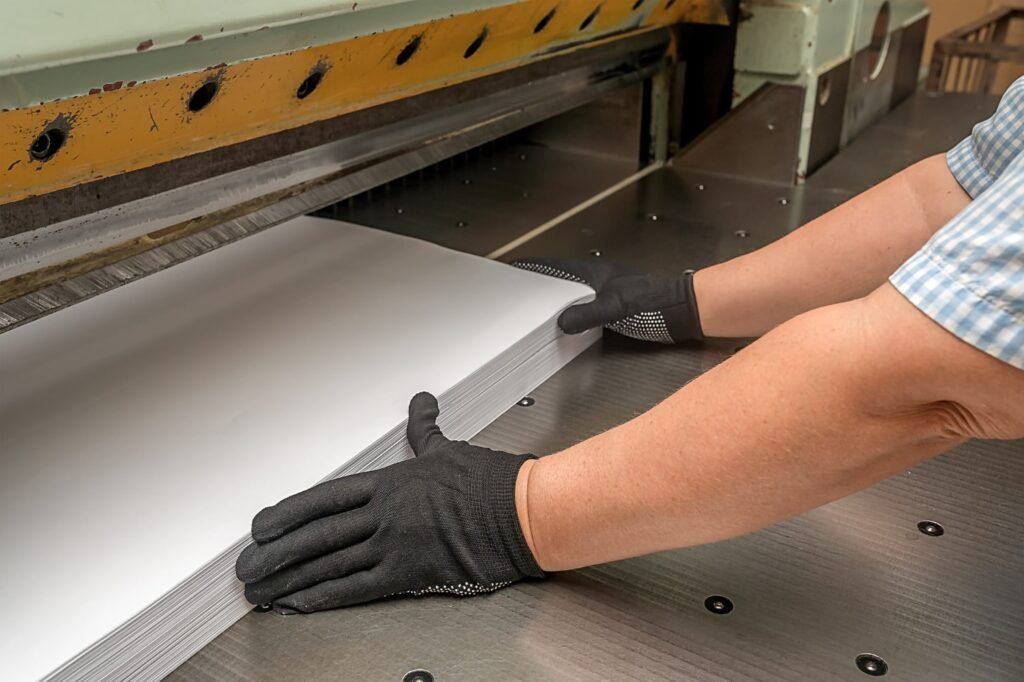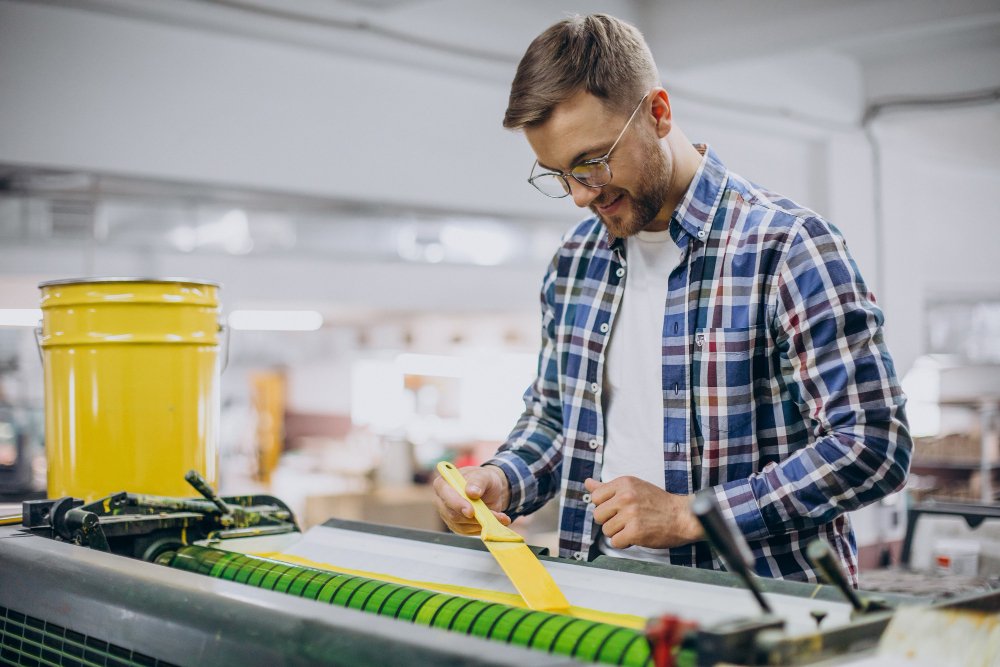
Discover how notebooks are made with our step-by-step guide. Learn about materials, machinery, and processes for high-quality notebook manufacturing. Notebooks are an essential tool for students, professionals, and creatives worldwide. But have you ever wondered how they are made? The notebook manufacturing process involves a series of detailed steps, combining precision machinery with craftsmanship to produce high-quality stationery products. In this comprehensive guide, we walk through each phase of notebook production, from raw material selection to the final packaging.
How Notebooks Are Made
Notebooks are made following several steps from designing, material procurement, machine selection, printing to finalisation, it involves various processes which is discussed in the article below. If you need any other information like machines information, notebook distributorship or want to start a notebook wholesale business feel free to reach out to us at Contact Us
Check Our Website for more Information: Nobleresourceproducts.com

1. Design and Planning
The process begins with conceptualizing the notebook’s design, considering factors such as size, page count, ruling (e.g., lined, blank, grid), cover material, and binding type. Manufacturers analyze market trends and consumer preferences to tailor products that meet specific needs
2. Raw Material Selection
The manufacturing process begins with selecting high-quality raw materials. The main components of a notebook are:
- Paper: Sourced from wood pulp, recycled materials, or eco-friendly alternatives.
- Covers: Made from cardboard, plastic, or leatherette for durability.
- Binding Materials: Spiral wire, glue, or stitching materials.
Sustainable sourcing is a priority for many manufacturers, ensuring that materials are obtained from responsibly managed forests or recycled sources.

3. Pulping and Paper Production
The next step is paper manufacturing. The raw wood pulp undergoes chemical or mechanical processing to produce thin sheets of paper. Here’s how it works:
- Pulping: Wood fibers are broken down into a soft pulp.
- Bleaching: The pulp is whitened using chlorine-free chemicals.
- Sheet Formation: The pulp is spread into thin layers and dried into sheets.
- Calendering: Paper sheets pass through rollers to achieve the required thickness and smoothness.
The final paper is cut into large rolls, ready for printing and cutting. It can be outsourced from Paper mills to reduce the initial machinery cost.

4. Printing and Page Formatting
Before binding, the pages of a notebook undergo printing. This step involves:
- Ruling or Gridding: Machines print lines, squares, or customized formats (such as planners or journals).
- Branding: Company logos, headers, or watermarking is added.
- Page Numbering and Margins: Ensuring consistency for easy usability.
Printing is done using offset or flexographic printing machines, ensuring sharp and high-quality text and lines.

5. Paper Cutting and Sizing
Once printed, the paper is trimmed to the required size. Popular notebook sizes include:
- A4 (8.27 × 11.69 inches)
- A5 (5.83 × 8.27 inches)
- Crown (7.25 × 9.5 inches)
- Pocket-size (customized sizes for portability)
Large sheets are cut using industrial guillotines, ensuring uniformity and precision.
6. Binding Process
The binding process determines the durability and flexibility of the notebook. Common binding methods include:
- Spiral Binding: Uses metal or plastic coils for flexibility.
- Saddle Stitching: Staples the pages together, ideal for thinner notebooks.
- Case Binding: A hardcover method used for premium notebooks.
- Perfect Binding: Uses glue for a smooth, book-like finish.
Each method has its advantages, depending on the notebook’s purpose and durability requirements.
7. Cover Design and Finishing
Covers not only protect the pages but also enhance aesthetic appeal. The process includes:
- Lamination: Adds a glossy or matte finish.
- Embossing/Debossing: Raises or indents designs for a premium look.
- Foil Stamping: Adds metallic elements for branding or decoration.
- UV Coating: Enhances durability with a protective layer.
High-quality printing techniques ensure that notebooks stand out in the market.
8. Quality Control and Inspection
Before packaging, notebooks undergo rigorous quality checks to ensure:
- Uniform printing and ruling.
- Accurate page alignment.
- Strong and secure binding.
- No manufacturing defects, such as misprints or loose pages.
Defective items are either recycled or reprocessed to minimize waste.
9. Packaging and Distribution
Once notebooks pass inspection, they are packaged and prepared for shipping. The packaging process involves:
- Wrapping in protective film to prevent moisture damage.
- Stacking in cartons for bulk transportation.
- Labeling with batch numbers and barcodes for inventory tracking.
Notebooks are then shipped to wholesalers, retailers, and online marketplaces for distribution.
 10. Eco-Friendly Practices in Notebook Manufacturing
10. Eco-Friendly Practices in Notebook Manufacturing
With growing environmental concerns, manufacturers are adopting sustainable practices, such as:
- Using recycled paper to minimize deforestation.
- Water-based and soy-based inks instead of petroleum-based ones.
- Reducing carbon footprint by optimizing production efficiency.
- Biodegradable packaging to reduce plastic waste.
Faqs About Notebook Manufacturing
1. What is the best paper quality for notebooks?
The best paper is wood-free, acid-free paper with a GSM (grams per square meter) of 70-100 for durability and smooth writing.
2. How are waterproof notebooks made?
Waterproof notebooks use synthetic paper, stone paper, or laminated coatings to prevent water damage.
3. Which binding method is the strongest?
Thread-sewn binding is the most durable, commonly used in hardcover notebooks.
4. What’s the difference between spiral and wire-O binding?
Spiral binding uses a continuous plastic/metal coil, while wire-O binding uses a twin-loop wire for a professional look.
5. Are eco-friendly notebooks available?
Yes! Manufacturers use recycled paper, soy-based inks, and biodegradable covers for sustainability.
6. What is the production time for a batch of notebooks?
A batch of 1,000 notebooks typically takes 5-7 days from printing to packaging.
7. How are custom notebooks made?
Custom notebooks involve personalized printing, branding, and unique layouts based on client specifications.
8. Can notebooks have company logos?
Yes! Screen printing, digital printing, and embossing are common branding methods.
Conclusion
So this is all about how notebooks are made – a detailed guide. As you now know Notebook manufacturing is a complex yet fascinating process that blends technology, craftsmanship, and sustainability. From selecting raw materials to final packaging, every step ensures that consumers receive high-quality, durable, and aesthetically appealing notebooks.



 10. Eco-Friendly Practices in Notebook Manufacturing
10. Eco-Friendly Practices in Notebook Manufacturing